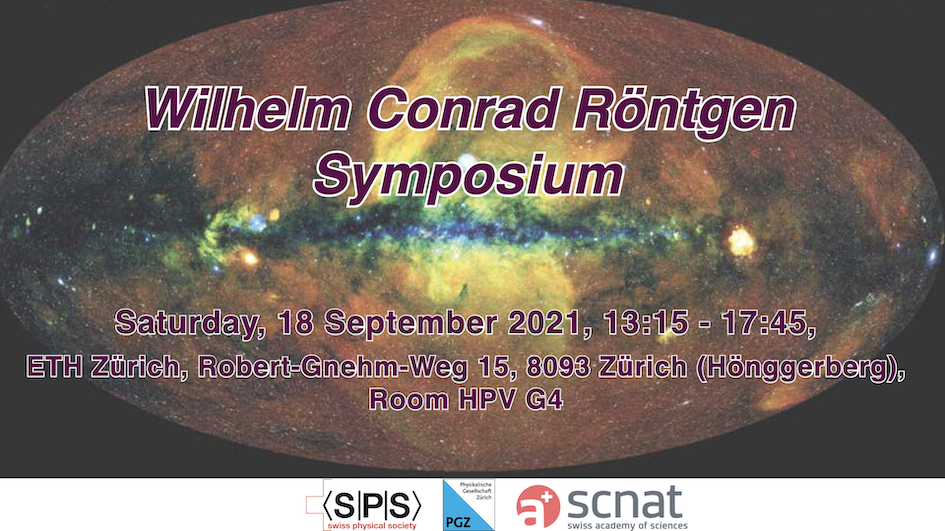Speaker
Description
On the eve of November 8, 1895 Wilhelm Conrad Röntgen, then physics professor at the University of Würzburg, made a curious observation while performing experiments on gas discharges: a fluorescence screen lit up despite being well separated from the experimental set-up. This moment 125+1 years ago marks the discovery of X-ray radiation and eventually led to the first ever Nobel Prize in physics. This lecture will highlight Röntgen's interesting biographical background – almost impeding his academic career and with Zürich playing an important role in it – and provide an overview of the enormous impact that his discovery had on modern science and technology. Beyond their well-known use in medical diagnostics and therapy, X-rays find today widespread application in many diverse fields, ranging from materials science to astrophysics, from preservation of cultural heritage to molecular biology. They even play a key role in fighting the current corona virus pandemic.
